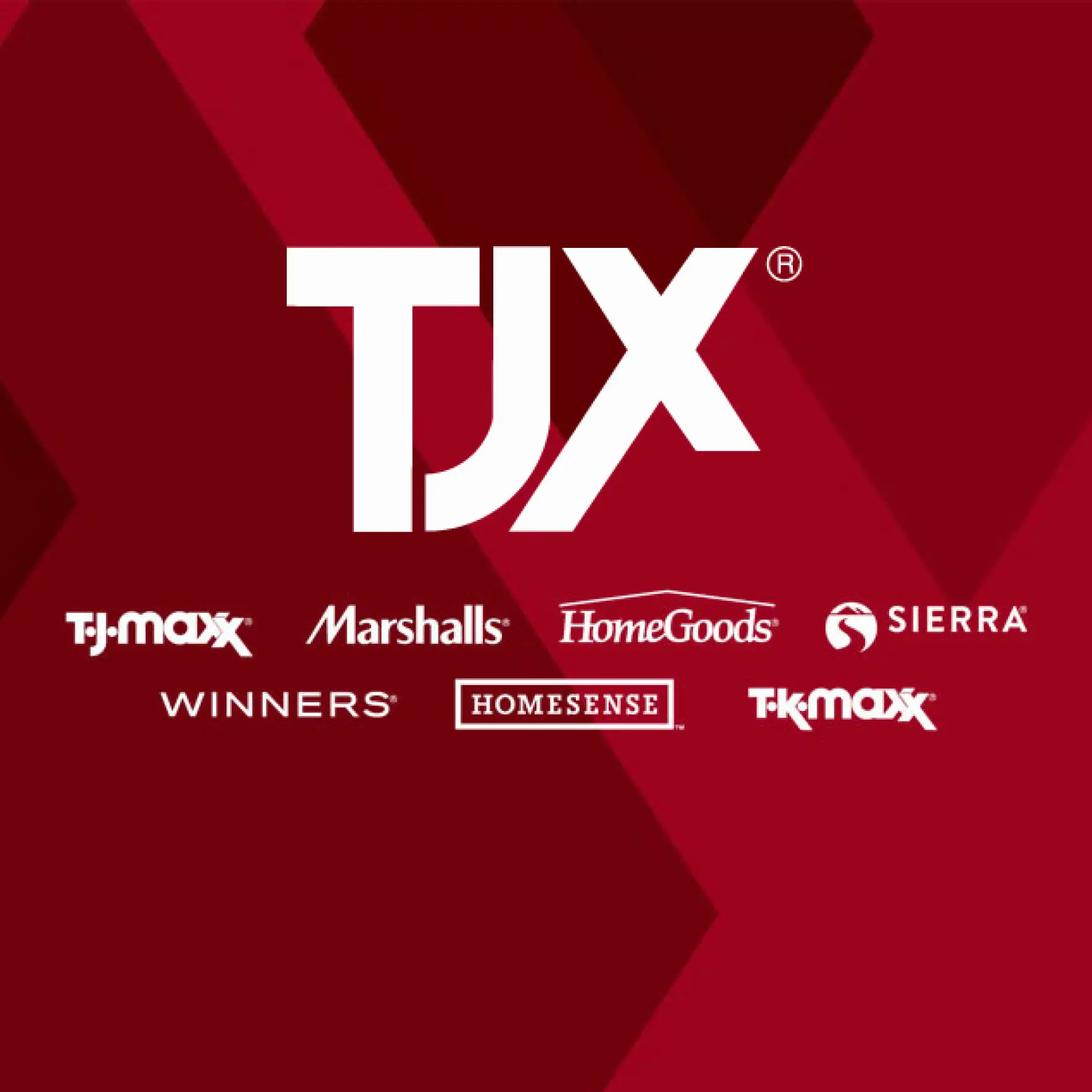Off-price retail leader TJX faced a big test after the Covid-19 pandemic swept the globe in 2020. Like other discretionary retailers, it was forced to close its stores for weeks (or months, in some jurisdictions). Meanwhile, mass merchants like Target stayed open, enabling them to capture discretionary sales.
Even after TJX reopened its stores, customer traffic initially remained well below pre-pandemic levels. Many consumers continued to shift discretionary spending to ecommerce or mass merchants to minimize the number of shopping trips they had to make. Before long, though, traffic and sales came roaring back. That enabled TJX to post record sales and earnings last year.
The off-price giant faces a new challenge in 2022, as high inflation is causing consumers to pull back on discretionary spending. However, while sales have started to decline from last year’s highs, the current economic environment is contributing to existential crises for some of TJX’s rivals. That will reinforce TJX’s dominance and expand the company’s long-term growth opportunities.
A Step Backwards
Just six months ago, TJX projected that its U.S. comparable store sales would increase by 3 percent to 4 percent in its current fiscal year (fiscal 2023). (TJX is not reporting comp sales for its international divisions this year, due to the impact of temporary store closures on year-over-year comparisons.)
Clearly, the inflationary environment is weighing on TJX’s near-term performance. That said, the pullback in discretionary spending has created inventory imbalances across much of the retail industry that will help TJX, thanks to its flexible off-price sourcing model.
However, sales trends decelerated sharply beginning in the spring, causing TJX to miss its sales forecasts in each of the past two quarters. The home category, which accounted for 38 percent of TJX’s sales last year, has been the main source of pressure. Comparable sales for the HomeGoods segment (which also includes U.S. HomeSense stores) fell 7 percent in the first quarter and 13 percent in the second quarter.
This in turn forced management to cut its sales guidance twice. TJX now expects U.S. comp sales to decline by 2 percent to 3 percent for the full 2023 fiscal year, in line with its performance in the first half.
TJX continues to report sales well ahead of pre-pandemic levels, but the company’s guidance cuts and its projection that comparable sales will decline in fiscal 2023 are unusual setbacks. Historically, TJX has usually beaten its initial full-year forecasts. Moreover, the company had posted 24 consecutive years of comp sales growth prior to the pandemic (a period that included the Great Recession).
One Big Concern Has Disappeared
Clearly, the inflationary environment is weighing on TJX’s near-term performance. That said, the pullback in discretionary spending has created inventory imbalances across much of the retail industry that will help TJX, thanks to its flexible off-price sourcing model.
Less than a year ago, retail had the opposite problem, with demand outrunning supply. At the time, many brands had cut back dramatically on sales into off-price channels. Some analysts fretted that off-price retail could suffer permanently due to brands maintaining lower inventory and focusing on full-price selling.
Those fears have been put to bed. As discretionary category sales have softened and inventories have ballooned this year, many retailers have aggressively cut orders to realign supply and demand. That is creating abundant opportunities for TJX’s buyers to snap up discounted goods to entice customers later this year and into 2023.
Of course, macroeconomic conditions have been unusually volatile since the pandemic hit in early 2020. Nevertheless, the rapid swing from industrywide inventory shortages to today’s glut shows why TJX never worries about inventory availability. Much as brands might like to sell everything at full price, they will inevitably miscalculate on production at times. When that happens, they need TJX to help them clear excess inventory.
Rivals Face Much Bigger Problems
Another silver lining for TJX in the current discretionary spending slowdown is that many of its competitors are in much worse shape. This is particularly true in the home furnishings market, where demand is finally slumping after a two-year pandemic boom.
The HomeGoods division generated $1.86 billion of revenue last quarter. While that’s up 30 percent from the same quarter three years ago (i.e., before the pandemic), revenue was down 11 percent year over year. Notably, HomeGoods’ segment profit fell by more than half compared to three years ago, due to surging freight costs, among other headwinds.
But compare that to Bed Bath & Beyond. In its most recent quarter, sales declined 25 percent year over year and fell 35 percent from 2019 levels on a like-for-like basis. As a result, Bed Bath & Beyond posted a massive $358 million net loss for the period and saw liquidity plunge due to its high cash burn. That led to the ouster of CEO Mark Tritton and chief merchant Joe Hartsig.
Moreover, Bed Bath & Beyond has only reported results through late May so far. Discretionary spending trends have worsened since then. That has caused the home furnishings chain to fall behind on payments to suppliers, leading some vendors to restrict shipments to the company. Bed Bath & Beyond is scrambling to address its ailing balance sheet, but with EBITDA deep in negative territory, the chain could be forced into liquidation within a year or two, absent a big improvement in demand.
Smaller home-focused off-price chain Tuesday Morning also finds itself in dire straits. After surviving a trip through bankruptcy during the pandemic, the company is already back in hot water. Sales are declining, EBITDA remains negative (and getting worse), and Tuesday Morning’s CFO left last month after less than a year on the job. Now, the company is considering filing for bankruptcy yet again, according to Bloomberg.
Thus, two HomeGoods rivals that have combined for over $6 billion in home furnishings sales over the past year could be forced to shrink or liquidate entirely because of the current downturn. HomeGoods and sister chain HomeSense would be in prime position to pick up a big chunk of that spending as they grow from 902 units in the U.S. as of last month to management’s target of 1,500 stores.
The apparel market is not quite as stressed, but with high inventories starting to bring gross margin back to earth, weaker players will have to think about closing underperforming stores again. That will enable T.J. Maxx and Marshalls to continue making long-term market share gains.
Tremendous Growth Opportunities Remain
Over the past decade, TJX has more than doubled its sales from $23.2 billion in fiscal 2012 to last year’s record high of $48.5 billion. Sales had more than doubled in the previous 10-year period, too.
Growth may be somewhat slower going forward, simply because the company is already so large. That said, TJX’s official ambition to become a “$60-billion-plus company” is a very conservative goal. Thanks to its financial strength, the company can afford to continue growing its store fleet even during downturns. That will allow it to consolidate its market share gains as economic growth improves over the next few years.
In short, this global juggernaut is still in the middle innings of its long-term growth trajectory. This year’s discretionary spending slowdown is just a modest speed bump. Meanwhile, TJX is laying the foundation for its next big wave of growth. It wouldn’t be remotely surprising to see TJX join the exclusive club of $100 billion retailers by the mid-2030s.
Full disclosure: The author owns shares of TJX Companies.





